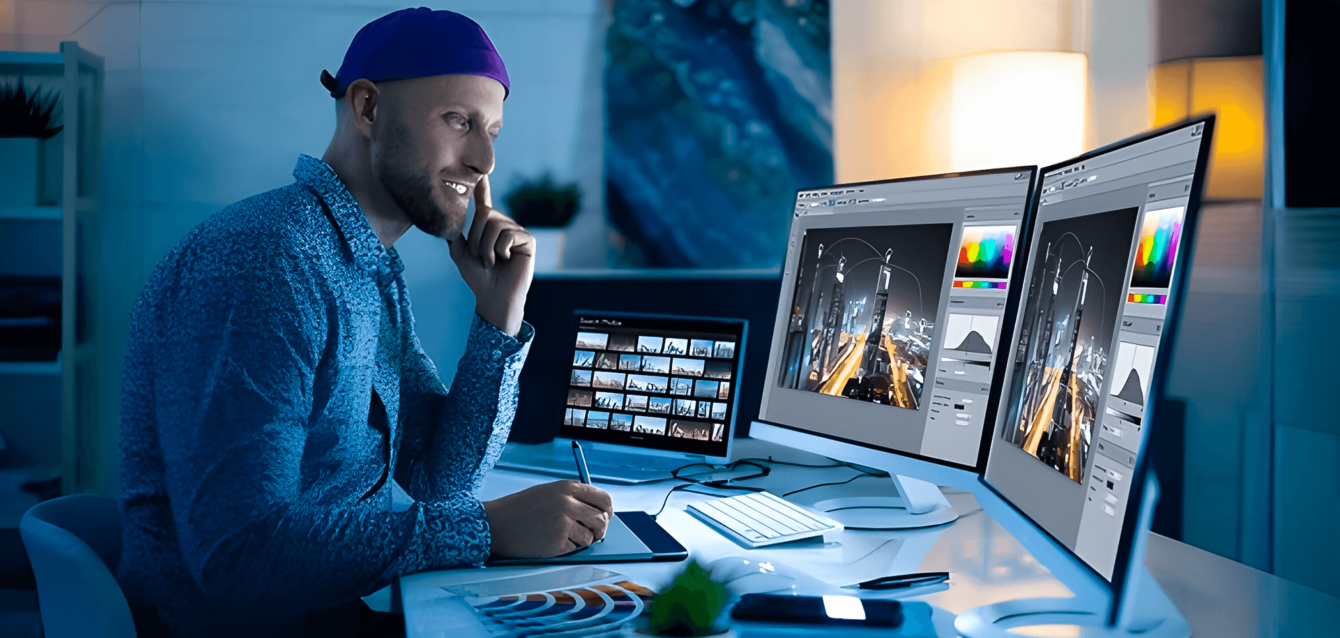The design world constantly evolves, driven by technological advancements, cultural influences, and changing consumer preferences. To stay competitive, designers must keep up with current trends and techniques shaping the industry. This article explores key trends influencing design and offers insights on incorporating them into your work.
Minimalism with a Twist
Minimalism, known for clean lines and simplicity, has evolved. Today’s minimalism includes vibrant colors, unique textures, and playful elements, adding personality to simple designs. This approach keeps minimalism dynamic and relevant, blending simplicity with creativity.
The Rise of 3D and Immersive Design
3D design has become mainstream, with AR and VR pushing creative boundaries. Integrating 3D elements enhances user experience, making interfaces more interactive and visually appealing. AR offers opportunities to merge digital and physical worlds innovatively.
Sustainable and Ethical Design
Sustainability is transforming design, with a focus on eco-friendly materials, waste reduction, and circular design principles. Ethical design aligns with these values, emphasizing responsible choices in materials, processes, and messaging.
Personalized User Experiences
Personalization is now expected, driving demand for customizable interfaces and tailored content. Designers can use data-driven insights and AI to create unique, adaptable experiences, enhancing user engagement and satisfaction.
The Influence of Retro and Nostalgic Design
Retro design is making a comeback, blending vintage elements with modern styles. This trend evokes nostalgia while remaining relevant, resonating with audiences through familiar yet fresh visuals.
The Power of Micro-Interactions
Micro-interactions—small animations or responses—play a crucial role in user experience. When used effectively, they enhance usability, reinforce brand identity, and make digital experiences more engaging and intuitive.




